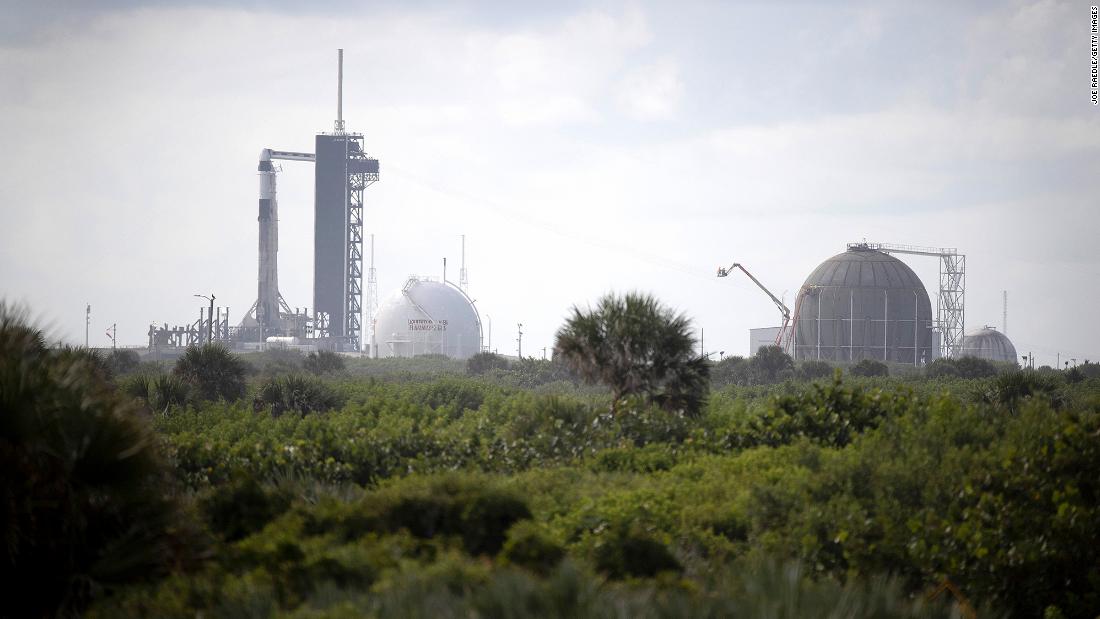SpaceX’s five-hour launch window begins at 8:02 pm ET, and forecasters have give a 90% chance that the weather will be good enough for liftoff. If everything goes according to plan, this is what you should see.
When the countdown clock hits zero, the Falcon 9 rocket will fire up its engines and roar toward space.
About one minute later, the rocket will hit “Max Q,” an aerospace term that refers to the point during flight at which a vehicle experiences its maximum dynamic pressure.
Put simply: It’s when the rocket is moving at very high speed, at a time when the atmosphere is still pretty thick, putting a lot of pressure on the vehicle.
Two and a half minutes after launch, the bottom part of the rocket, the largest section that gives the initial thrust at liftoff, will shut down its engines — at moment referred to as Main Engine Cutoff or MECO — and detach. That part of the rocket, with most of its fuel spent, will then head back down to Earth for a pinpoint landing on a seafaring platform so that SpaceX can refurbish and fly the rocket again (All part of the company’s plan to save money and make spaceflight cheaper.)
Meanwhile, the second stage of the rocket, still attached to the crew capsule, will fire up its engine and continue accelerating faster and faster until it spends its fuel and reaches orbital velocities — or more than 17,000 miles per hour.
About 12 minutes post-liftoff, the second stage will detach from the crew capsule.
What’s left of the rocket will be discarded in the ocean, while the Crew Dragon capsule and its four passengers will begin its three-day free-fly through orbit.
All the intense G-forces will be over, and the crew will be weightless. The tip of the capsule, called the nosecone, will open to reveal a large dome-shaped window. And the capsule will use its onboard thrusters to orient it into the correct orbit.
